
image from: https://www.inaturalist.org/taxa/156427-Pseudoleskea
Exploring the Fascinating World of Pseudoleskea Moss
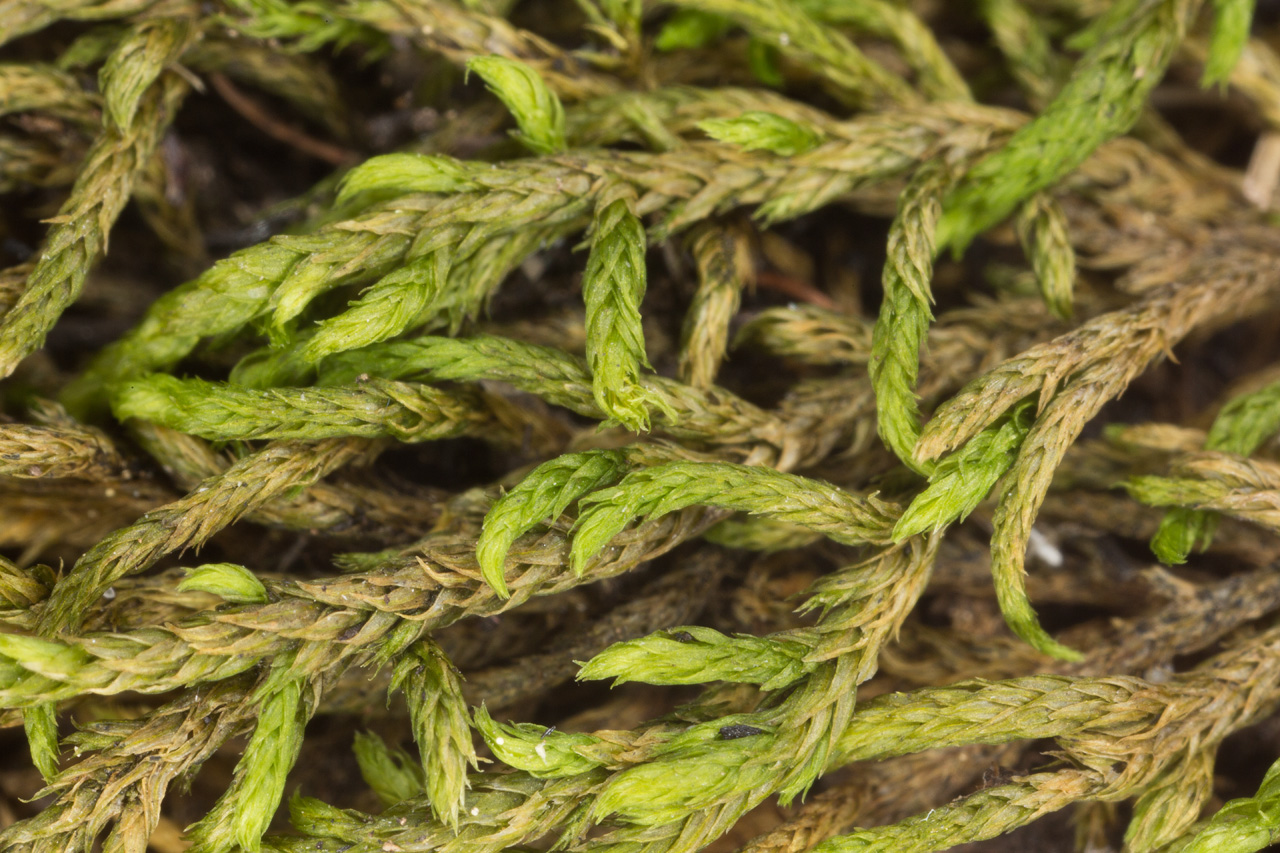
image from: https://wnmu.edu/academic/nspages/gilaflora/pseudoleskea_radicosa.html
Introduction
Mosses are often overlooked, but they play a vital role in many ecosystems around the world. One particularly interesting genus of moss is
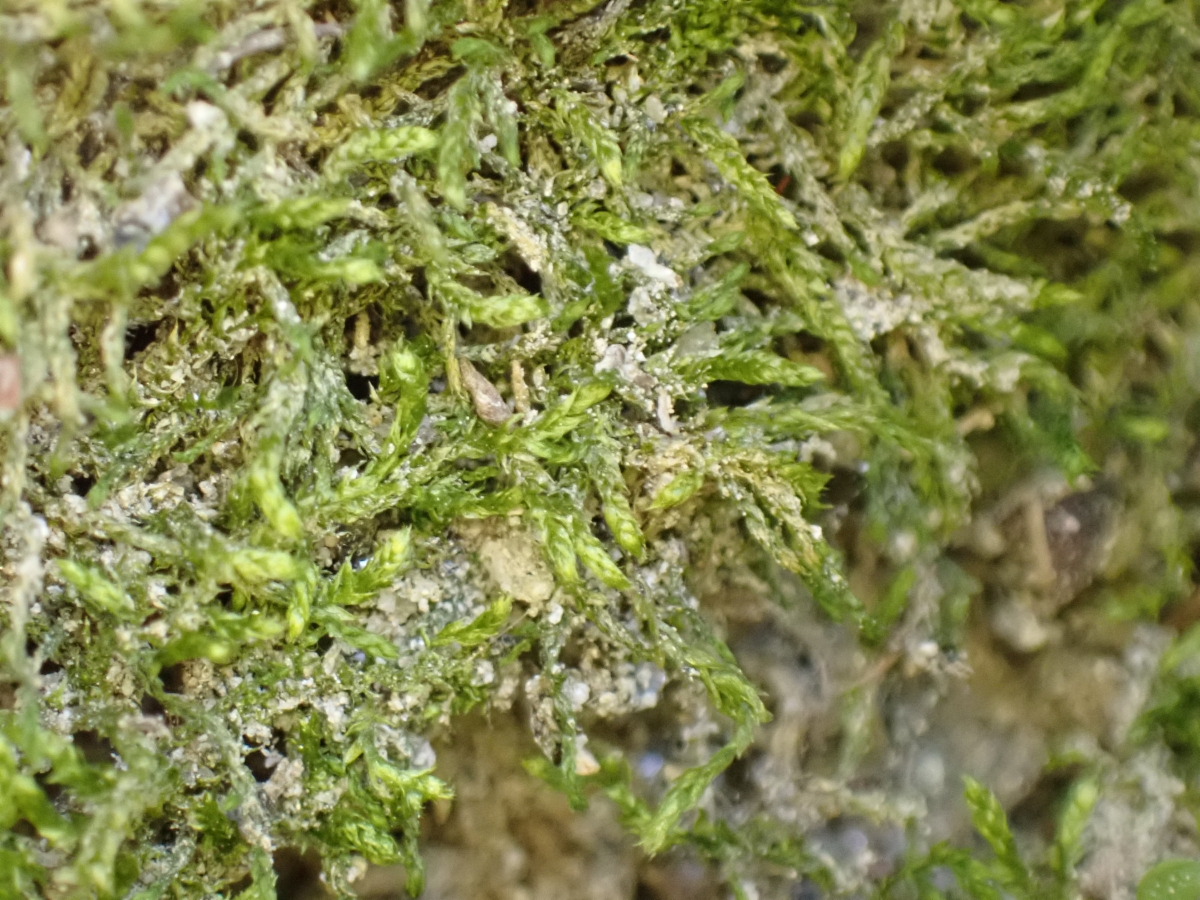
image from: https://www.calflora.org/app/taxon?crn=14098
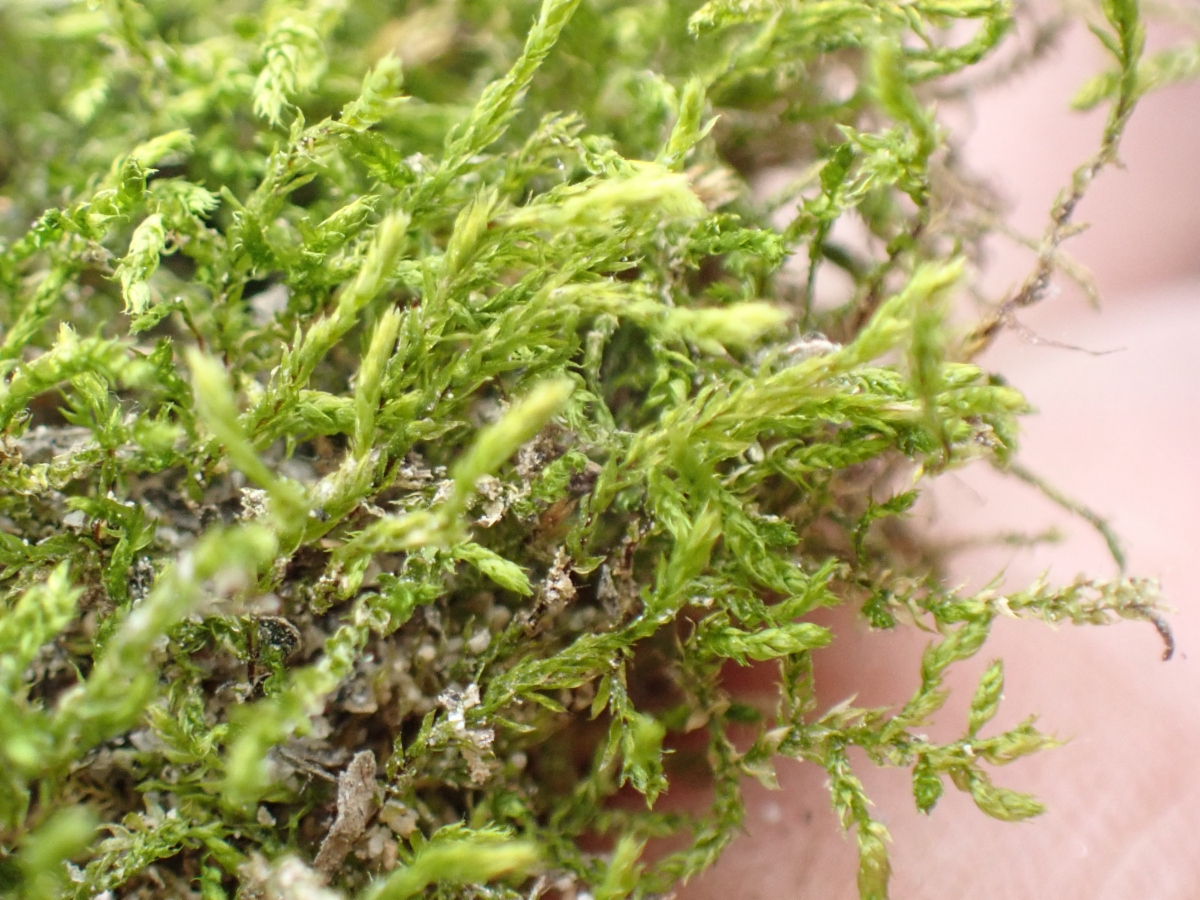
image from: https://www.calflora.org/app/taxon?crn=14098
Pseudoleskea Schimp., also known simply as Pseudoleskea. This moss belongs to the Pseudoleskeaceae family and is found in various habitats across the globe. In this blog post, we’ll dive into the details of Pseudoleskea moss, exploring its morphology, distribution, ecological roles, and adaptations.
Background
Mosses are non-vascular plants that belong to the division

image from: https://inpn.mnhn.fr/espece/cd_nom/3851/tab/habitats
Bryophyta. They lack true roots, stems, and leaves, instead having structures that serve similar functions. Mosses reproduce via spores rather than seeds and require water for sexual reproduction. There are over 12,000 species of moss, with Pseudoleskea being just one fascinating genus.

image from: https://inpn.mnhn.fr/espece/cd_nom/5009
Morphology and Identification
Pseudoleskea mosses are typically small to medium-sized, forming dense mats or tufts. They have irregularly branched stems with ovate to lanceolate leaves that are often falcate-secund (curved to one side). The leaves have a single costa (midrib) that extends to the leaf tip.
Pseudoleskea mosses are dioicous, meaning male and female reproductive structures are on separate plants. The sporophytes have short setae (stalks) and erect, cylindrical capsules.
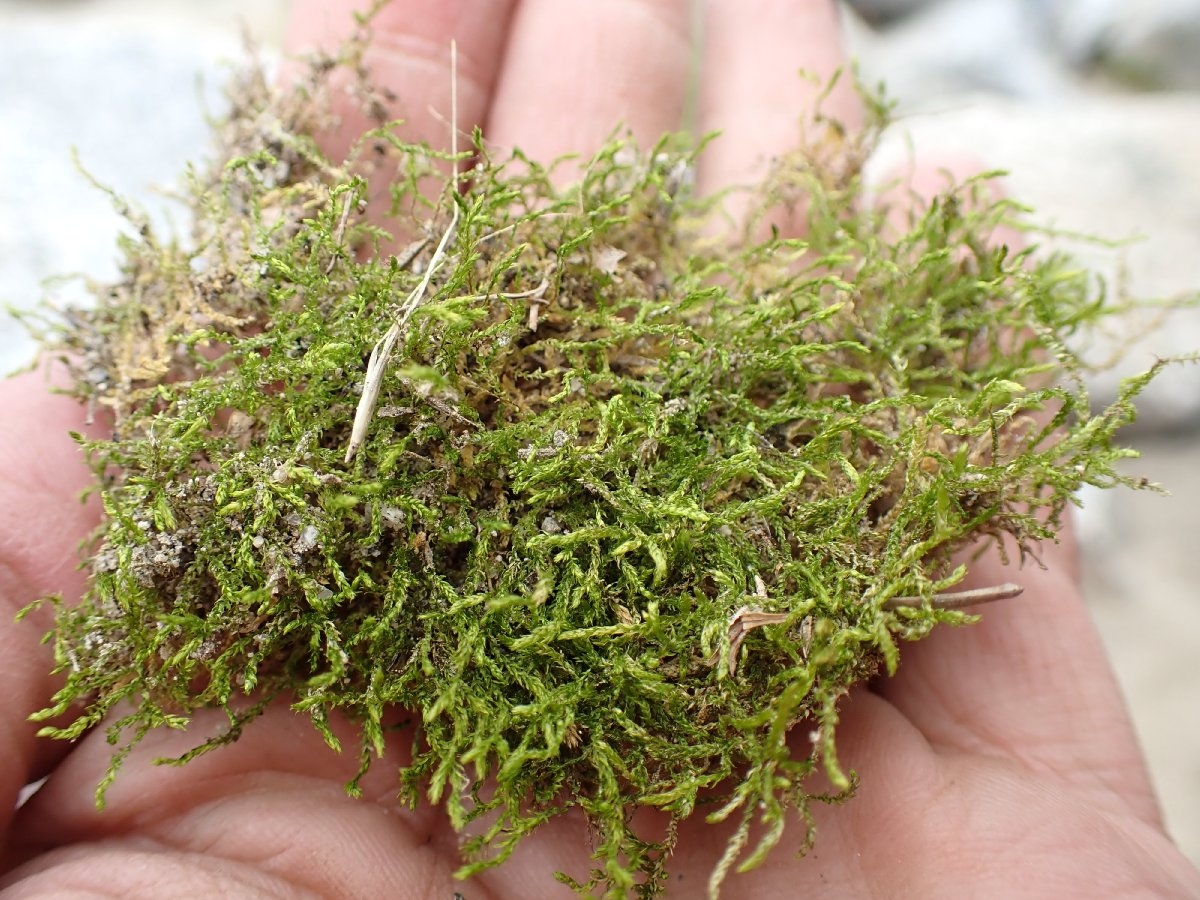
image from: https://www.calflora.org/app/taxon?crn=14098
Identifying Pseudoleskea to the species level can be challenging and often requires microscopic examination of leaf cell shape, size, and papillae, as well as characteristics of the perichaetial leaves and sporophyte.
Global Distribution and Habitat
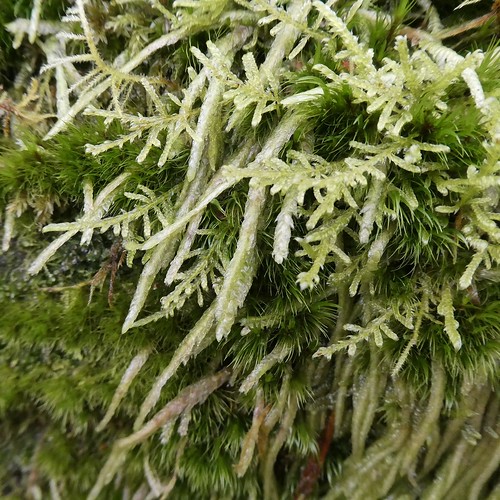
image from: https://www.flickr.com/photos/21657471@N04/51794878876/
Pseudoleskea mosses have a wide global distribution, found on every continent except Antarctica. They grow in a variety of habitats, including:
- Forests: on tree trunks, logs, and rocks
- Montane regions: on cliffs, boulders, and soil
- Riparian zones: on rocks and tree roots near streams and rivers
- Disturbed areas: on concrete, asphalt, and other man-made surfaces
Some species have more restricted ranges, while others are widely distributed. For example, Pseudoleskea patens is found in Europe, Asia, and North America, while Pseudoleskea andina is endemic to the Andes mountains of South America.
Ecological Roles and Adaptations
Like other mosses, Pseudoleskea plays important ecological roles:
Nutrient cycling: Mosses trap and store nutrients, releasing them slowly over time. This helps to regulate nutrient availability in the ecosystem.
Water retention: Moss mats absorb and hold water, reducing runoff and erosion. This is especially important in areas with high rainfall or frequent disturbances.
Habitat provision: Mosses provide shelter and habitat for various small invertebrates, as well as germination sites for vascular plant seeds.
image from: https://www.flickr.com/photos/silybum/51682467958/
Pseudoleskea mosses have several adaptations that allow them to thrive in their habitats:
- Desiccation tolerance: Many species can survive periods of dryness by going dormant and then rehydrating when water is available again.
- Shade tolerance: Pseudoleskea often grows in low-light environments such as forest understories.
- Substrate versatility: These mosses can grow on a wide range of surfaces, from tree bark to rock to soil.
Conclusion
Pseudoleskea moss may be small, but it plays a big role in the ecosystems where it’s found. From nutrient cycling to water retention to providing habitat, this fascinating genus of moss is an important part of the global flora. Next time you’re out in nature, take a closer look – you might just spot some Pseudoleskea!
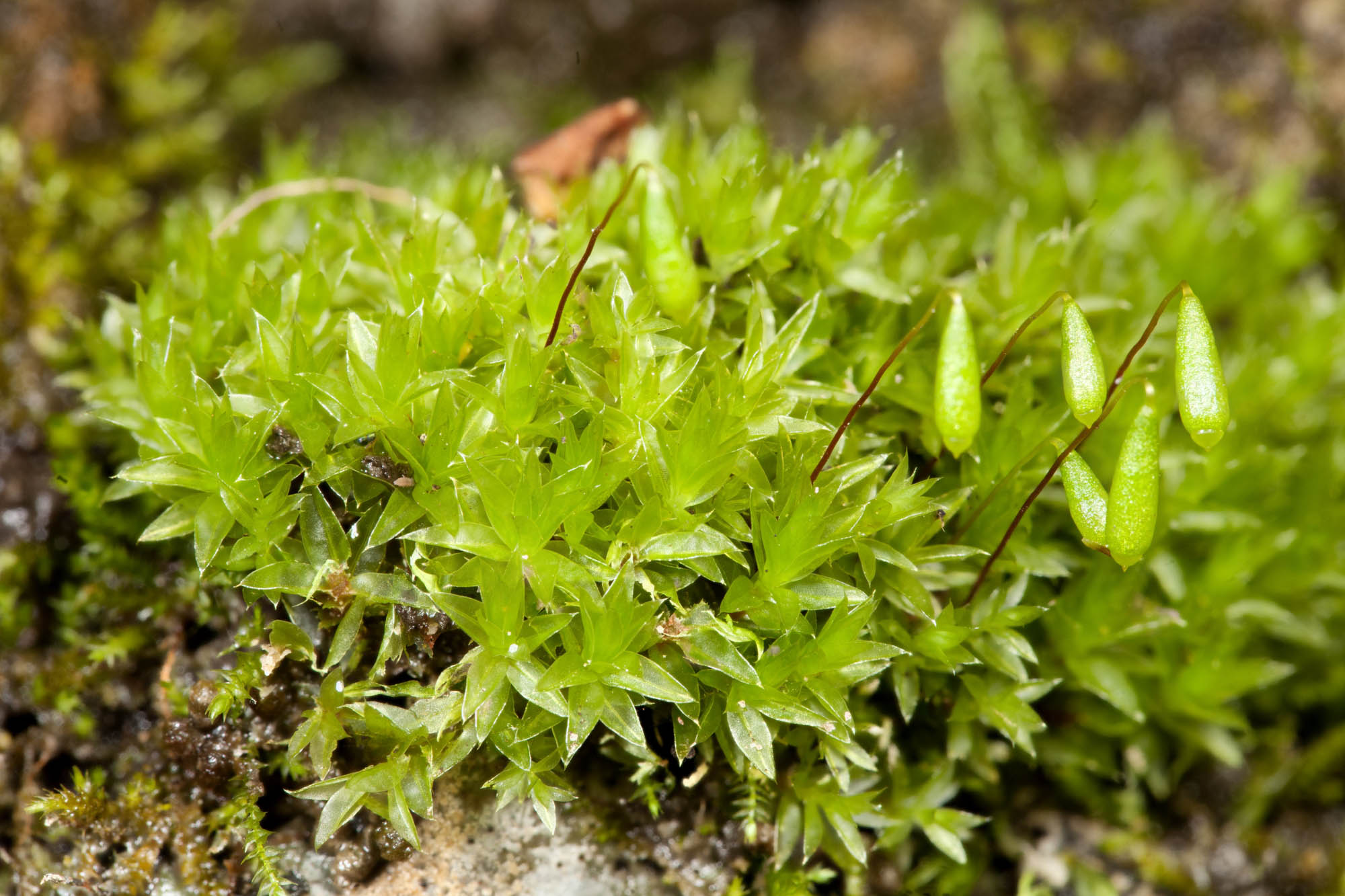
image from: https://ohiomosslichen.org/moss-bryum-caespiticium/